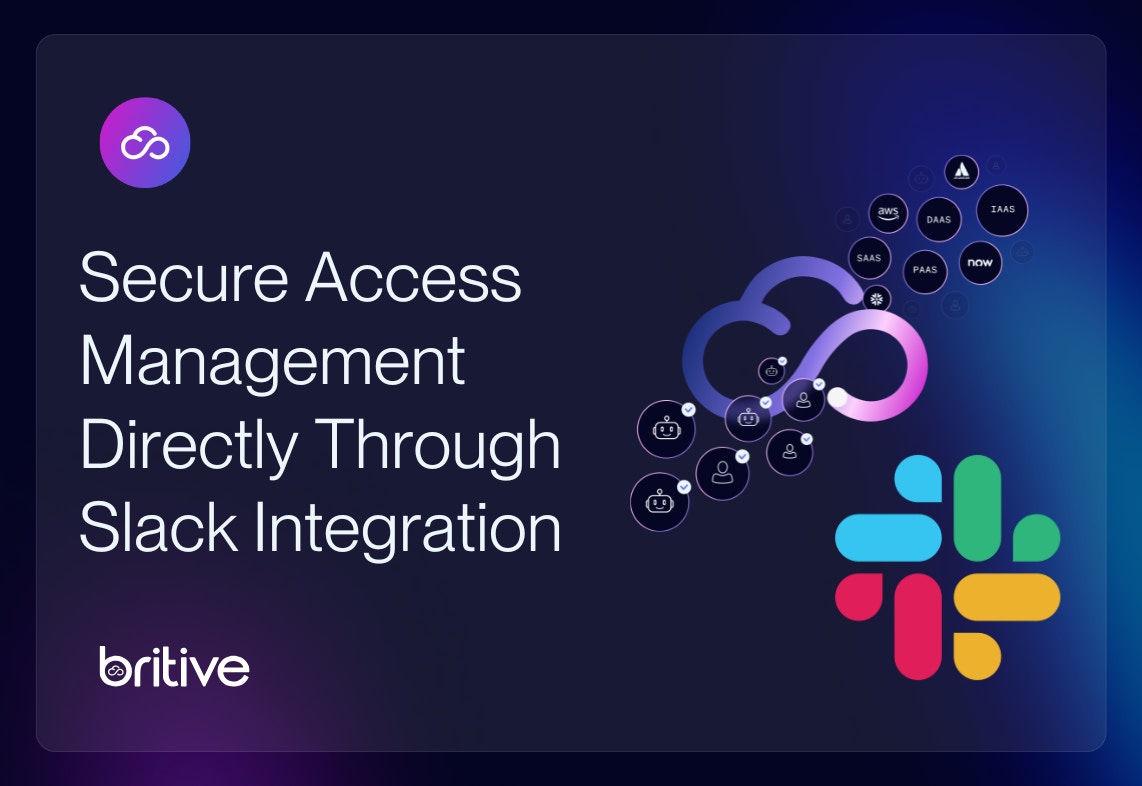
By 2023, 75% of security failures will result from inadequate management of identities, access, and privileges, up from 50% in 2020.
A series of recent reports by Gartner Research, in which Britive is recognized as an emerging solutions provider for the cloud era, have shone a light on cloud security and IAM (Identity Access Management) technologies as a critical consideration for enterprises adopting and growing cloud infrastructure and apps.
Accelerating growth of multi-cloud
According to the 2019 Gartner CEO and Senior Business Executive Survey, 82% of CEOs have a digital transformation or management initiative, up from 62% in 2018; cited in its Hype Cycle for Identity and Access Management Technologies, 2020 report, published on July 16, 2020.<
Gartner also forecasts in its report ‘Managing Privileged Access in Cloud Infrastructure’ that the worldwide public cloud market will grow 17% in 2020 to total $266.4 billion, up from $227.8 billion in 2019.
The current pandemic is a significant contributor to the accelerated adoption of cloud apps and systems, forcing Security, IT and DevOps leaders to plan for a future in which, not the entire workforce but, a much larger proportion of employees than ever before will continue to work remotely.
In the above two reports, as well as in its Hype Cycle for Cloud Security, published on July 17, 2020, Gartner projects that the rapid evolution of a technology category that it’s referring to as cloud infrastructure entitlement management (CIEM) is set to streamline the implementation of least privilege principles by detecting and removing excessive and unnecessary privileges from users and machine IDs across a multi-cloud infrastructure - naming Britive among the category pioneers.
Multi-cloud security challenge
This research represents valuable insight for modern enterprises looking for guidance in baking in protection for their IT infrastructure. It points to sizable security challenges within evolving multi-cloud environments, not able to be met by traditional tools invariably created for single platform infrastructures.
The fact is, each cloud infrastructure provider has its own set of access policies and taxonomies, meaning that in a multi-cloud environment, entitlements are being inconsistently defined. This is a big problem, since entitlements - in particular expanded admin privileges granted to users and machine IDs for accessing data and executing tasks like deleting resource groups or making configuration changes - are the number one source of security risk for enterprises. Organizational breaches via privileged access are predicted by Gartner to grow by 50% over the next three years.
Meeting the challenge with cloud-native solutions
But it’s not all doom and gloom. Britive is part of a rapidly rising group of organizations laser focussed on ensuring that enterprises are not left exposed.
Acting on our vision for a digital future based on agile, highly scalable and fully interoperable security solutions we broker centralized access to essential cloud management consoles to control user and software privileges across the entire cloud infrastructure and application landscape - including remote working and mobile environments.
This second wave of security technology, that I’ve been calling cloud security 2.0, challenges the inertia of a traditional datacenter-centric approach, shifting the focus to an identity-centric model in which the management of cloud infrastructure and app entitlements is prioritized versus bolted on.
When we pioneered the Britive platform we did so in anticipation of precisely this set of circumstances, architecting an API-first design to address multi-cloud interoperability and integration with adjacent systems in order to reduce time and cost overheads for organizations, while delivering unmatched protection and the ability to flexibly scale in response to unpredictable needs.
Reassurance for cloud-forward enterprises
For me, Gartner’s recent focus on cloud security and IAM provides strong validation of our reason for creating Britive, including our vision for Dynamic Permissioning - the ability for users to grant themselves the privileges they need based on policy preauthorization, and for those privileges to intelligently expand and contract around specific tasks to enforce a continuous state of least privilege.
These reports clearly outline the growing challenge in managing cloud infrastructure entitlements, due to their rapid increase in number and complexity as a result of a global multi cloud movement. However, with the emergence of rising solutions providers highlighted by Gartner - Britive, included - enterprises are more empowered than ever to safeguard their data and their customers’ data.
We couldn’t be more excited to be a part of this new wave in cloud-native security.




